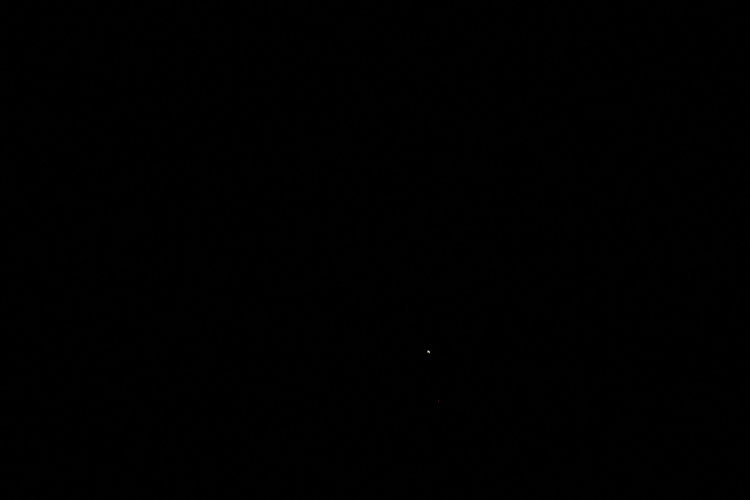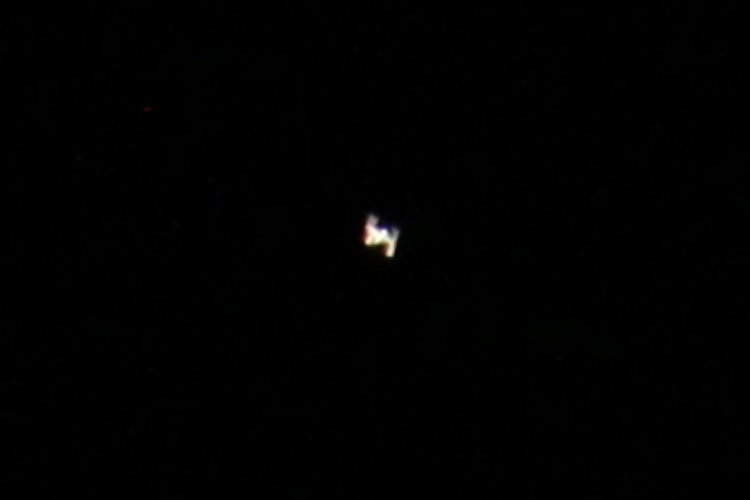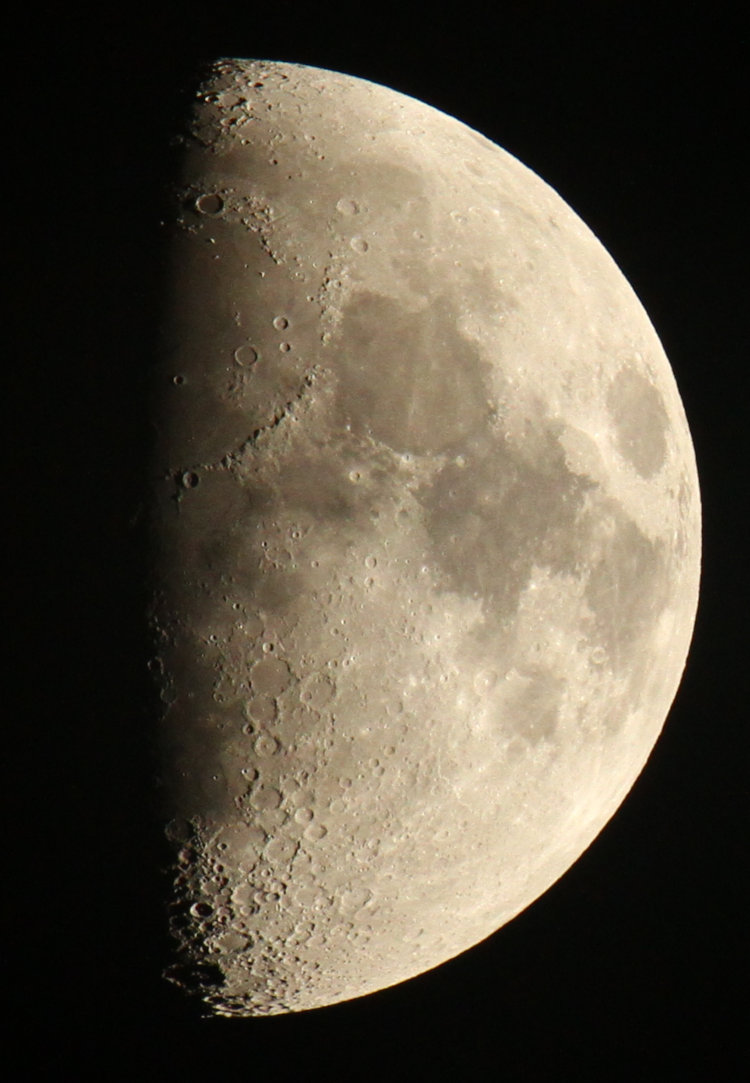A couple weeks back, I came across another photo of the International Space Station in front of the sun, and it renewed my interest in trying to obtain an image of this on my own, especially since I now have a working solar filter – I’d be fine with the moon, too. Thus began the research into how one got an accurate prediction for the passes as seen from one’s own location.
Here’s the deal: the ISS is close, in relative terms, and both the sun and the moon are pretty small in the sky. The path across the Earth where you can see one intersecting (transiting) the other is pretty narrow, maybe 20 kilometers wide, and of course the timing has to be precise too, not only to account for the motions of all bodies but also to have sunlight still striking the ISS so it can be seen. After a bit of poking around, I settled on ISS Transit Finder, a site which allows you to put in your exact geographic location and will produce any predictions for a particular time frame, including a map of the path where this will be visible (because chances are it won’t be exactly where you are at any given time.)
Before you get excited, I can tell you not to bother, at least with this site. It predicted a transit of the moon for last night right before 8PM EDT, and Mr Bugg and I made sure to be in the path and ready to roll. The ISS showed up at the right time, but passed quite far away from the moon, at least three diameters. That’s pretty wide of the mark.
Not only that, but when I first plotted this and planned the photo session, it predicted it for Monday night, and I dutifully noted down all the details. About a week later when I went in to confirm, that prediction had switched to Wednesday night (but almost the exact same time and path) – that was my warning. And right now as I started typing this post, I went back in and searched with backdated info (which it does allow,) and the pass didn’t even show at all despite the fact that we saw it, albeit way off target. Conclusion: the site does not have their math down, and I strongly recommend against trying to use it at all.
 Now, we did get a few pics of the ISS passing, quite some distance away, so we’re not talking great detail here. This is at full resolution, but I’d also started backing off from 600mm because, as it was passing near the moon, I thought I might be able to get both in the frame at least. This was a waste of time, and I did not track back out to 600mm for this shot. Now, I would have thought it would be sharper, since I had meticulously focused on the moon for maximum sharpness, but there’s something that I’ve noticed with the Tamron 150-600 G2: it’s extremely sensitive to small tweaks of focus near the ‘infinity’ point – which is why I meticulously focused in the first place, shooting a frame and then chimping at it (which Mr Bugg failed to catch) at high magnification on the LCD to ensure it was as sharp as possible; repeat as needed. So is it so sensitive that the ISS, considerably closer than the moon yet still a few hundred kilometers off, was faintly defocused? I can’t be sure without more testing, and there aren’t too many subjects I can test with that are a few hundred kilometers off, you know? Certainly none that will hold still.
Now, we did get a few pics of the ISS passing, quite some distance away, so we’re not talking great detail here. This is at full resolution, but I’d also started backing off from 600mm because, as it was passing near the moon, I thought I might be able to get both in the frame at least. This was a waste of time, and I did not track back out to 600mm for this shot. Now, I would have thought it would be sharper, since I had meticulously focused on the moon for maximum sharpness, but there’s something that I’ve noticed with the Tamron 150-600 G2: it’s extremely sensitive to small tweaks of focus near the ‘infinity’ point – which is why I meticulously focused in the first place, shooting a frame and then chimping at it (which Mr Bugg failed to catch) at high magnification on the LCD to ensure it was as sharp as possible; repeat as needed. So is it so sensitive that the ISS, considerably closer than the moon yet still a few hundred kilometers off, was faintly defocused? I can’t be sure without more testing, and there aren’t too many subjects I can test with that are a few hundred kilometers off, you know? Certainly none that will hold still.
Here’s the same shot at 200%:

Enough to determine that it is rather oddly shaped, but not to see any real detail. It got a little better on as the station continued to pass, not overhead really, but closer at least. This is the entire frame, now at 600mm, to give you an idea of how little could be seen.

And now at 200%:

That looks a bit more like the ISS, or maybe a tie fighter, or a floating letter ‘N’ – something other than a bat, anyway. But worth the effort? Not really.
Of course, we shot the moon while doing this.

See? I can focus the lens halfway decently. The ISS would have passed diagonally across the bottom ‘limb’ (don’t ask me why astronomers use that term,) including across the shadowed portion, and it was soon after sunset and the station was strongly illuminated by the sun, to a magnitude of -4 (so I was told) – it should have shown up against both portions just fine, given that the moon was significantly brighter at magnitude -11 (the smaller the number, the brighter – again astronomers.) Yet there’s something else that was captured, wholly unintentionally, but I’ll take it. We’ll go in closer for this.

That sharply-contrasted crater in the near-center of this crop is Tycho, and if you look closely, you’ll see a tiny spot of brightness in the middle of it; that’s the sun catching the top of the central peak in the crater, something that, for reasons yet to be determined, I like trying to capture. Wasn’t even thinking about it this time, believing that it would be a day later without actually checking, but there we go. Note that this is also about 200% resolution and looks much better than the ISS, though granted, the moon was also moving slower.
Anyway, got something for the efforts, which also makes me strongly reconsider making the attempt again.



















































